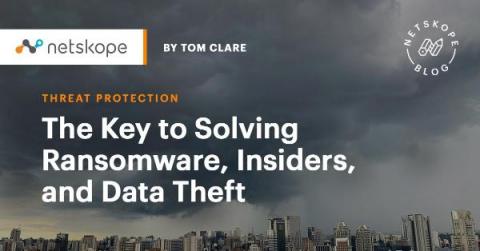What is a Keylogger? How they Work and How to Stop Attacks
A keylogger is a type of spyware that monitors and records user keystrokes. They allow cybercriminals to read anything a victim is typing into their keyboard, including private data like passwords, account numbers, and credit card numbers. Some forms of keyloggers can do more than steal keyboard strokes. They can read data copied to the clipboard and take screenshots of the user's screen - on PCs, Macs, iPhones, and Android devices. Keyloggers are not always the sole threat in cyberattacks.









